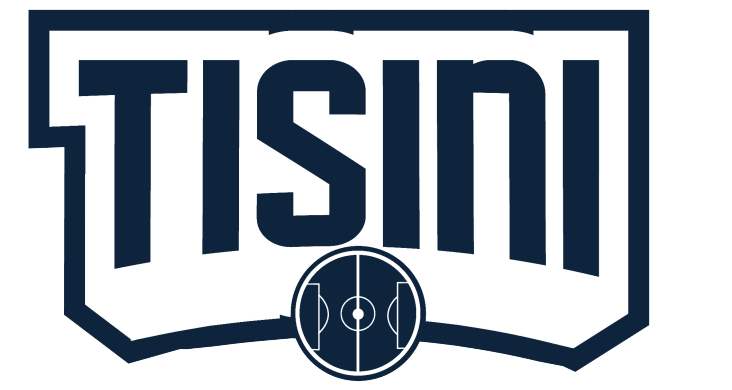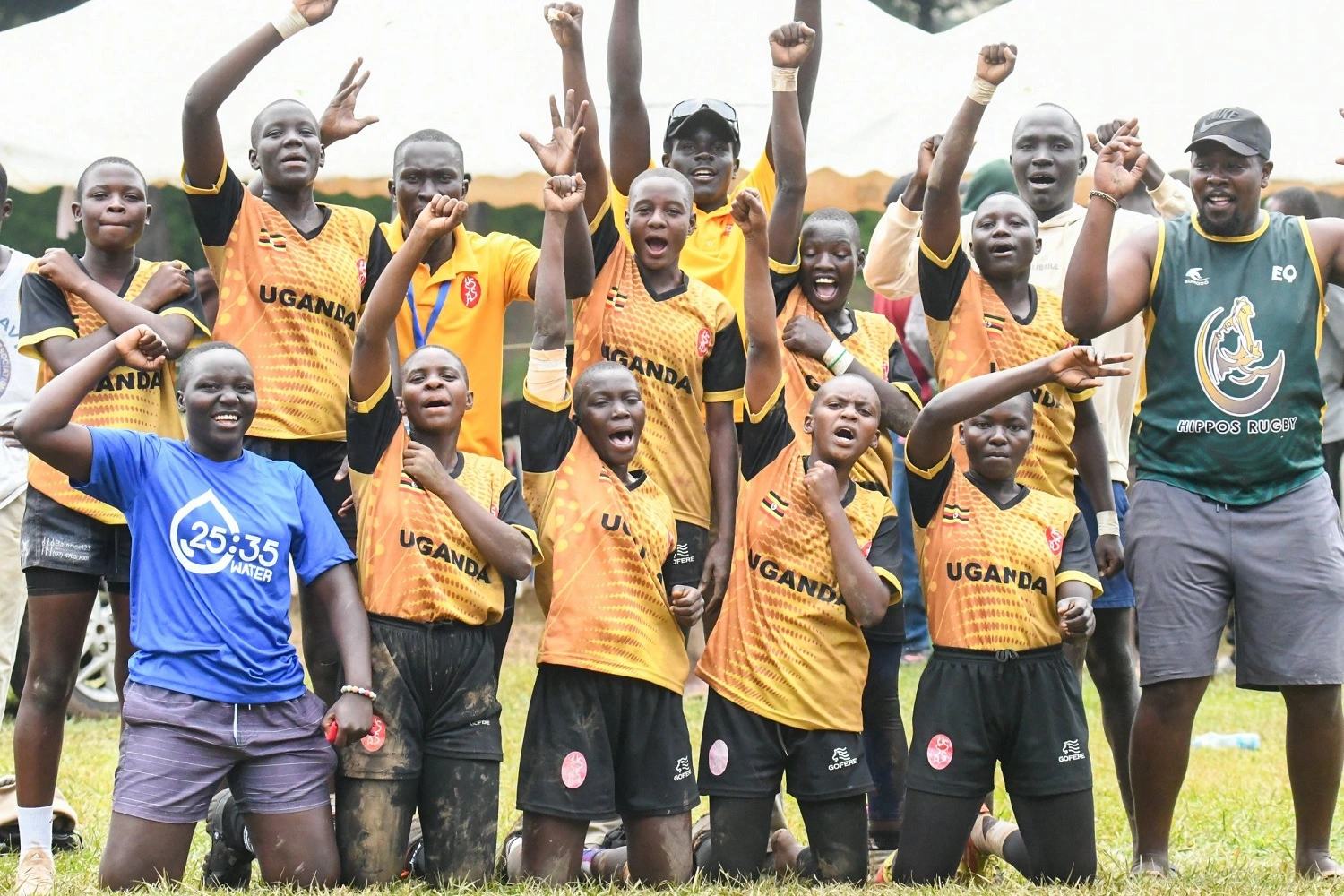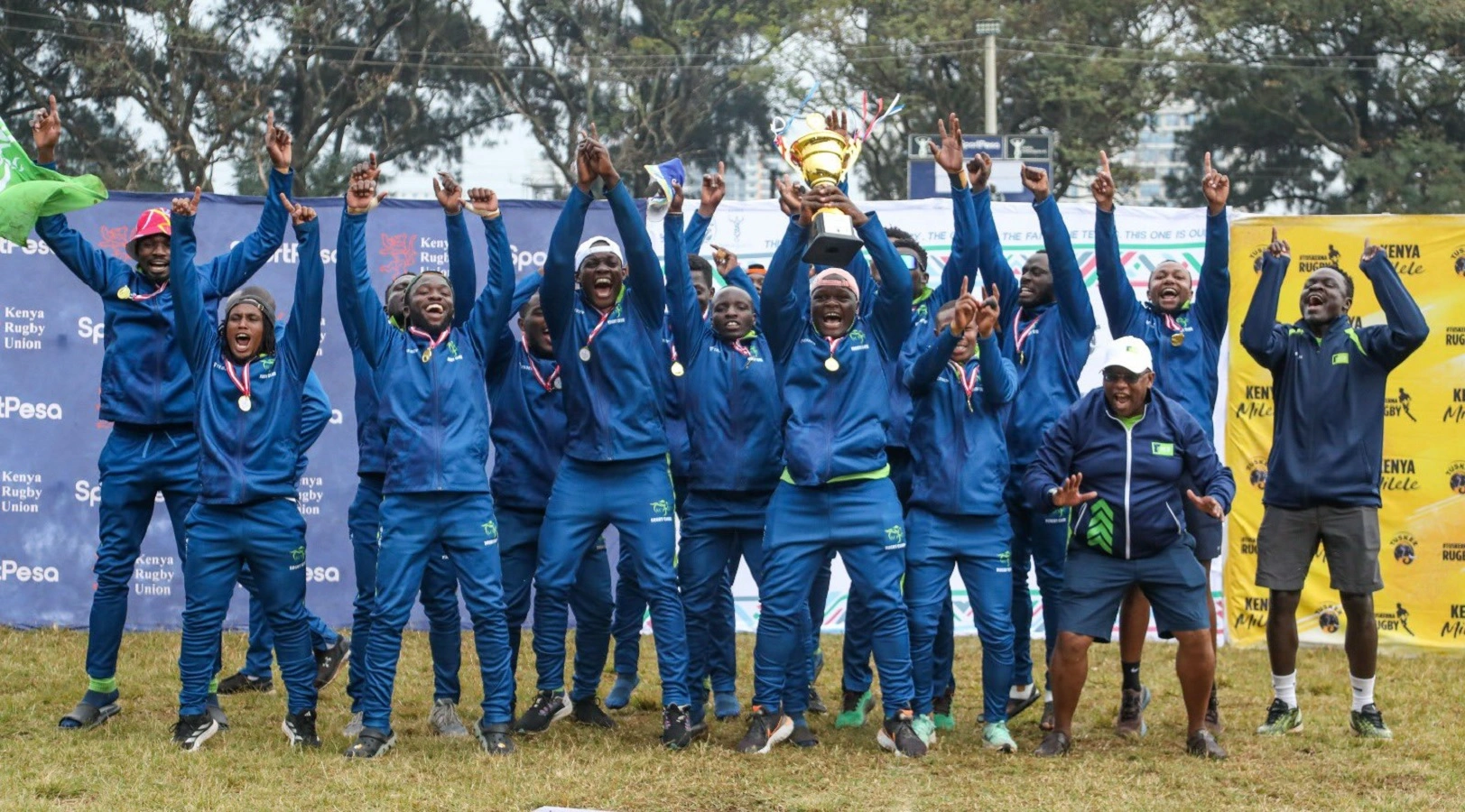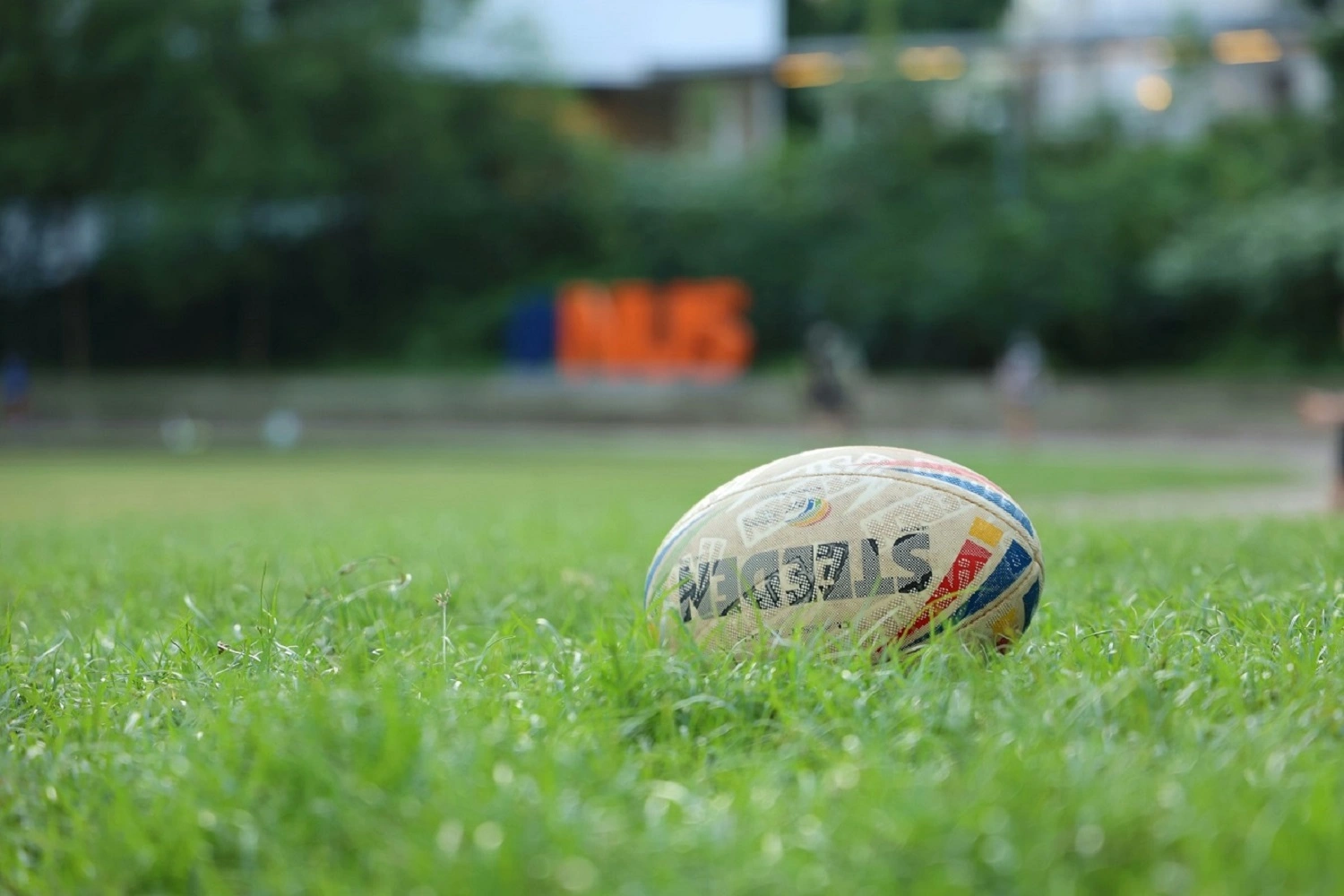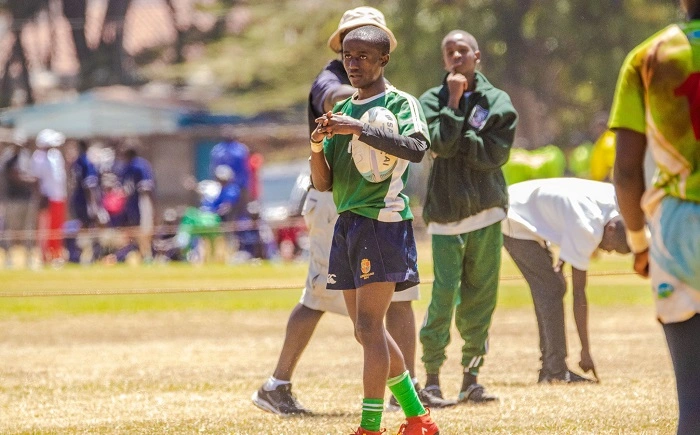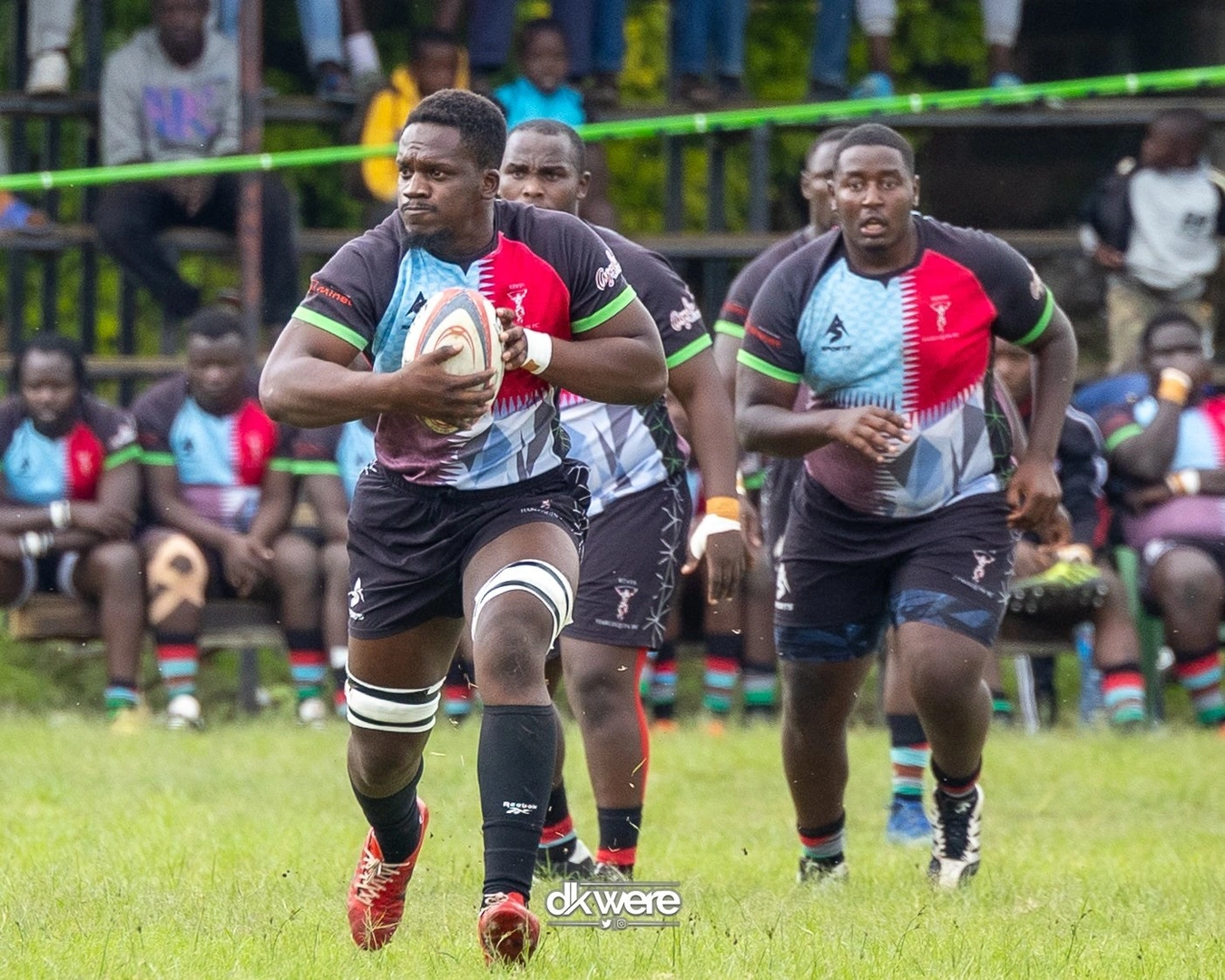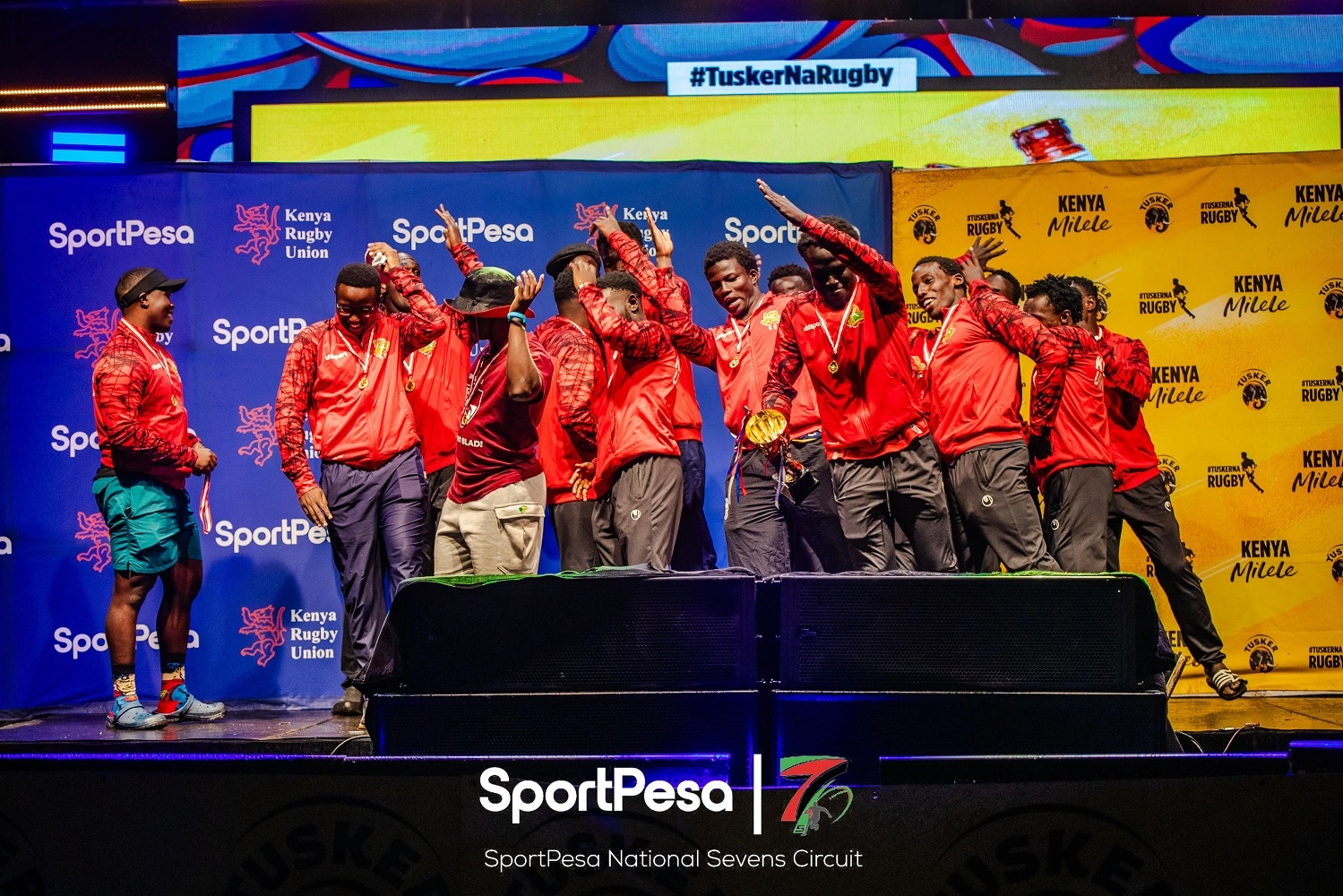
Division II Dilemma: Why Experienced, Relegated Teams Dominated a Tier Plagued by Inconsistency and Structural Uncertainty
The dust is settling on the National Sevens Circuit (NSC), and the Safari Sevens approaches, with the premier continental competition set to bring the curtains down on this season’s shorter version. While the top division understandably draws much of the attention, the Division II competition remains a vital pathway in sevens.
This season, 52 teams participated in the second tier, with NYS Spades clinching the title, accumulating 87 points across the six legs. Interestingly, the Spades did not win any leg but were consistently competitive, finishing second in Driftwood and Embu, and only failing to proceed to the cup quarter-finals in the second leg at Prinsloo.
Their struggles in Nakuru were understandable considering that of the 7 cup quarter finalists from the first leg in Mombasa, only one team backed up the performance in Nakuru to proceed from the preliminary stages (the 8th quarter finalist won Driftwood Sevens and was promoted to Div I).
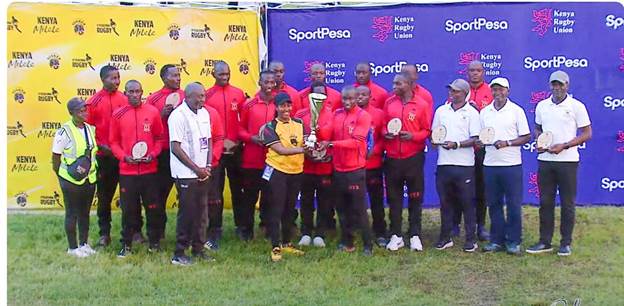
NYS Spades with div II trophy
Experience is Key
Makueni RFC finished second on the overall log after accumulating 81 points across the six legs. Besides the Spades and the Ravens, KCA were the only other side to play in all six legs, garnering 44 points.
The 2025 NSC Div II had 5 different teams claiming titles. Zetech Oaks claimed the first and last titles in Driftwood and Dala, respectively, while also claiming silver in Kabeberi. Black Blad lifted the Prinsloo Sevens, while Stallions won the Christie Sevens. Homeboyz won in Embu, and Nondies rounded up the gold medallist with their crown in Kabeberi.
All the winning teams had Div I experience in the lead-up to their titles; besides, Homeboyz won in their 4th attempt.
DIV II Challenges
The fact that Div II winners were mainly teams being relegated from the top division raises legitimate concerns about the difference in competitive abilities among the teams. Challenges in the second division are well documented, with some teams attending tournaments understaffed, while others outside the cup competition did not honour day two matches.
Some teams in Div II were underprepared to compete.
Although financial constraints play a factor, structural issues within the competition cannot be ignored. Participation in the second division is marred with uncertainty, and teams get assurance that they will play only when the pooling is done.
Compare that with the top division, where there is clarity and pools are announced early enough, unlike in Div II, where the pooling is announced midweek and will almost certainly have changes.
Sure, there are many teams that the competition organisers need to factor in, with a given criteria for participation, but not having assurance that a team will be pooled surely compromises preparation.
A Need For Restructuring
Teams are pooled based on affiliation, regional consideration, performance, and ability to compete/consistency. Some teams only participate in one leg of the regional circuit, negating the meaning and essence of a National Sevens Circuit.
It is a challenging balancing act to garner participation from the grassroots while also delivering a competitive and consistent product.
The Div II has a lot of promise with promising talents on display, but the competition needs restructuring from the unions to incentivise investment and consistency.
Feature Image Credit: Blak Blad
